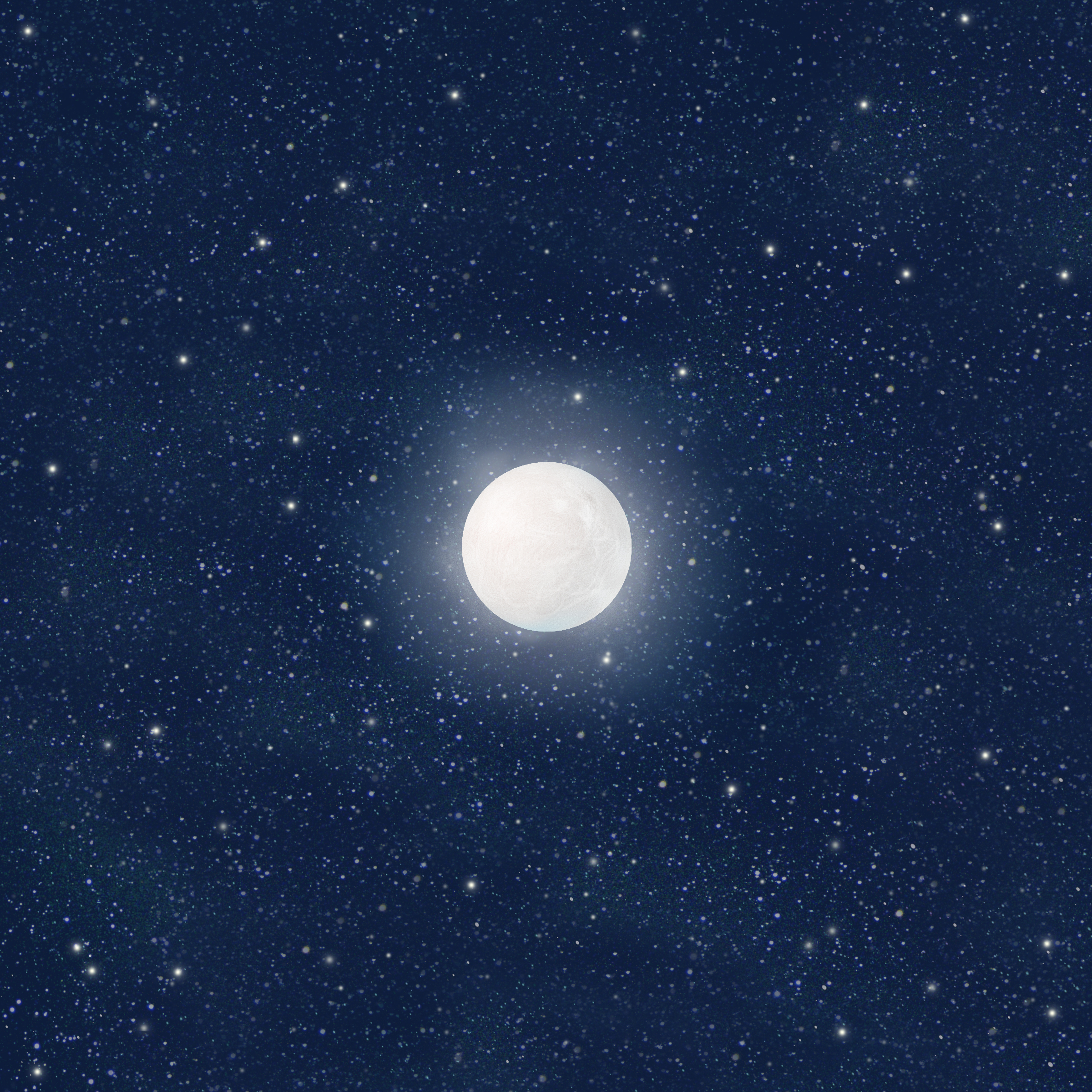Scientists Found a Planet Orbiting a Dead Star, a Glimpse Into Our Future

Credit to Author: Maddie Bender| Date: Wed, 04 Dec 2019 19:16:01 +0000
You are an alien astronomer living 4.5 billion years from now. The Sun that the Earth orbits has died and become a white dwarf. What would you see if you looked at humanity's former Solar System?
Based on the first discovery of a giant planet orbiting a white dwarf, reported in two new papers in the journals Nature and Astrophysical Journal Letters, researchers now believe that this hypothetical alien would be able to observe signatures of our Solar System’s largest planets—Jupiter, Saturn, Uranus, and Neptune—just by looking at the dead Sun.
Though we’ve never seen them before, the new discovery suggests that there might be more of these giant planets circling dead stars. The researchers who found the first planet estimate that one in 10,000 white dwarfs have giant planets orbiting them at close range.
“For the past 20 years, it's been more and more clear that there are remnants of planetary systems around white dwarfs,” said Boris Gänsicke, the first author of the Nature paper. “There was the general agreement that those white dwarfs should have proper planets orbiting them, but none had been found so far.”
Gänsicke began looking into white dwarf WDJ0914+1914 after a colleague showed him a spectrum, a type of optical measurement that can tell you which elements are present on the surface of the star. Though it was a very weak signal, one element that was present was oxygen, which had never been observed in a white dwarf.
To confirm that the unusual element was not just a mistake in the data, Gänsicke and his collaborators recorded another spectrum of the white dwarf with the world’s most advanced optical telescopes in Chile, called (and you can’t make this up, folks) the Very Large Telescope array.
“It was crystal clear that there was something extremely exciting going on in the system because we detected immediately emissions of hydrogen, oxygen and sulfur,” Gänsicke said. “The shape of this line told us that they must come from around the star, not from the star itself.”
The results began to make sense once the researchers realized that icy giants like Uranus and Neptune have layers composed of ice and hydrogen sulfide. Those compounds—H2O and H2S—would account for all three strange elements present in the spectrum.
According to the studies, these elements would end up on the surface of the star when the white dwarf vaporizes small portions of the giant planet. Since the planet would have to be relatively close to the star for this to happen, the researchers expect the planet makes a full orbit around the white dwarf in 10 days.
Gänsicke said that they are interested in learning more about the composition of the giant planet orbiting the white dwarf. His team has been awarded time at the Hubble Space Telescope and plan to look for the presence of other elements, like carbon and nitrogen.
The implications of the discovery are both far-reaching and close to home, Gänsicke said, since it tells astronomers more about how these orbits occur in other solar systems and galaxies, and gives us insight into the future of our own.
The researchers looked at spectra for 7,000 other white dwarfs to see if they could find signals denoting the presence of oxygen, but they were unable to find another besides WDJ0914+1914. Still, Gänsicke said he thinks this research will lead other astronomers to search for these elusive planets.
“You push the door a little bit open and then once you know how it works, it becomes much easier to do the next step,” he said.
This article originally appeared on VICE US.